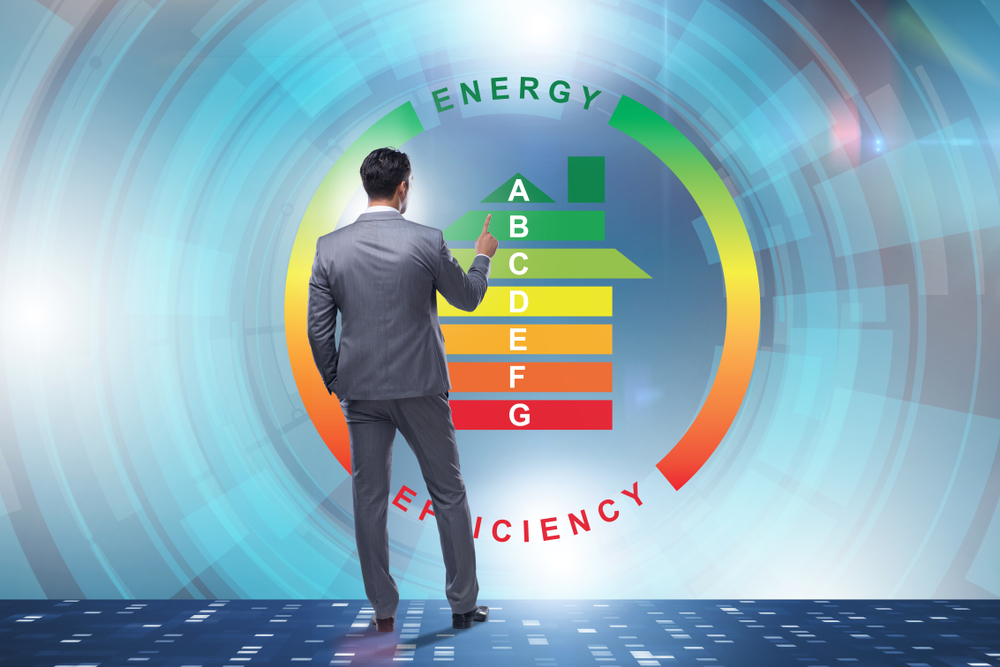In the heart of the vibrant urban tapestry that is New York City, a silent revolution is underway, one that is weaving energy efficiency into the very fabric of its iconic skyline. As cities across the globe grapple with the complexities of sustainability, policies, and regulations have emerged as potent tools to steer us toward a greener horizon. Leading this charge is the NYC Benchmarking Law, a groundbreaking initiative that is reshaping not just buildings, but the essence of urban existence itself. In this article, we plunge into the intricate web spun by the NYC Benchmarking Law, uncovering the captivating journey of how it drives the metropolis towards a future fueled by energy efficiency.
Understanding The NYC Benchmarking Law
The NYC Benchmarking Law, enacted in 2009, stands as a testament to the city’s commitment to a greener future. At its core, this legislation mandates building owners to annually measure and report their energy and water consumption data, encompassing a wide spectrum of structures – commercial, residential, and municipal. The law aims not only to enhance transparency but also to reduce greenhouse gas emissions, paving the way for a cleaner, more sustainable cityscape.
The Mechanism Behind NYC Benchmarking
At the heart of the NYC Benchmarking Law lies a meticulous process of data collection and reporting. Building owners employ the ENERGY STAR Portfolio Manager tool, a sophisticated platform that enables analysis of energy consumption data. This process allows for a comprehensive assessment of a building’s energy performance, facilitating accurate benchmarking against similar structures. With distinct deadlines for reporting based on building type, the law ensures a consistent flow of data to track energy efficiency progress over time.
Benefits Of The NYC Benchmarking Law
The NYC Benchmarking Law ushers in a cascade of benefits that ripple through various sectors of the city. Economically, the law translates into tangible cost savings for building owners and occupants. By identifying energy inefficiencies and encouraging energy-saving investments, the law enables a reduction in operating expenses, thereby contributing to economic growth. Furthermore, the law has the potential to stimulate job creation, especially within industries focusing on energy-efficient technologies and retrofits. From an environmental standpoint, the impacts are equally profound. By curbing energy consumption, the law plays a pivotal role in reducing greenhouse gas emissions.
This translates into improved air quality, mitigating the adverse effects of urban pollution. Moreover, the law aligns with the city’s broader sustainability goals and global commitments to combat climate change. On a social level, the NYC Benchmarking Law nurtures a healthier and more comfortable urban living environment. As buildings undergo energy-efficient upgrades, occupants experience improved indoor air quality, temperature regulation, and overall well-being. This emphasis on enhanced quality of life extends to communities, fostering a sense of pride in a city that prioritizes its residents’ welfare.
Driving Energy Efficiency Through Transparency


Challenges And Overcoming Barriers
While the NYC Benchmarking Law holds immense promise, its implementation is not without challenges. Concerns surrounding data privacy and security have been raised as energy consumption data becomes accessible to the public. However, the city has diligently worked to address these concerns, implementing measures to safeguard sensitive information while still promoting transparency. Success stories of buildings overcoming these barriers serve as beacons of inspiration. Many structures have not only met the law’s requirements but have exceeded them, showcasing the potential for substantial energy efficiency improvements. This reinforces the notion that the challenges, while real, are surmountable with the right support and determination.
Positive Impacts On Urban Landscape
The NYC Benchmarking Law’s impact extends beyond individual buildings, influencing the broader urban landscape. By collectively reducing energy demand, the law contributes to a more balanced and resilient power grid. This is especially crucial during peak energy consumption periods, as efficiency measures alleviate strain and reduce the likelihood of power shortages. As the city evolves into an energy-efficient ecosystem, it enhances its resilience against future energy challenges.
Lessons For Other Cities
New York City’s benchmarking initiative serves as a beacon of inspiration for cities worldwide. Recognizing its success, other urban centers have followed suit, implementing similar benchmarking regulations. The adaptability of the NYC Benchmarking Law underscores its potential to be tailored to diverse urban environments, thus creating a global framework for energy efficiency enhancement.
Future Prospects And Continuous Improvements
The journey towards energy efficiency is an ongoing one, and the NYC Benchmarking Law reflects this ethos. The city is continuously refining and expanding the law, harnessing new technologies and insights to drive even greater energy efficiency gains. Proposed amendments and extensions underscore the city’s unwavering commitment to leading the charge in sustainable urban development.
Conclusion
As we gaze upon the towering skyscrapers of New York City, a new kind of skyline emerges – one defined by energy efficiency and sustainability. The NYC Benchmarking Law stands as a testament to the power of policy in shaping the urban environment for the better. From economic savings to environmental stewardship and improved quality of life, the law’s impacts reverberate through every facet of the city. As other cities around the world take heed and embark on their own journeys towards sustainability, they can look to the NYC Benchmarking Law as a guiding light, illuminating the path to a brighter and greener future.
Take charge of your property’s energy efficiency with Vertpro.com – the trusted leader in Commercial Energy Audit and Benchmark Compliance consultancy. Our acclaimed team delivers innovative SaaS technology-based solutions, making energy compliance a breeze for Building Owners and Property Managers nationwide. From Energy Benchmarking to Energy Audits/RCx Plus and a cutting-edge Construction Marketplace, we ensure adherence to over 50 Energy Benchmarking and energy Efficiency Laws. Unleash substantial cost savings and elevate your property’s sustainability with Vertpro.com. Don’t miss out on maximizing your energy potential – explore our solutions today!
















